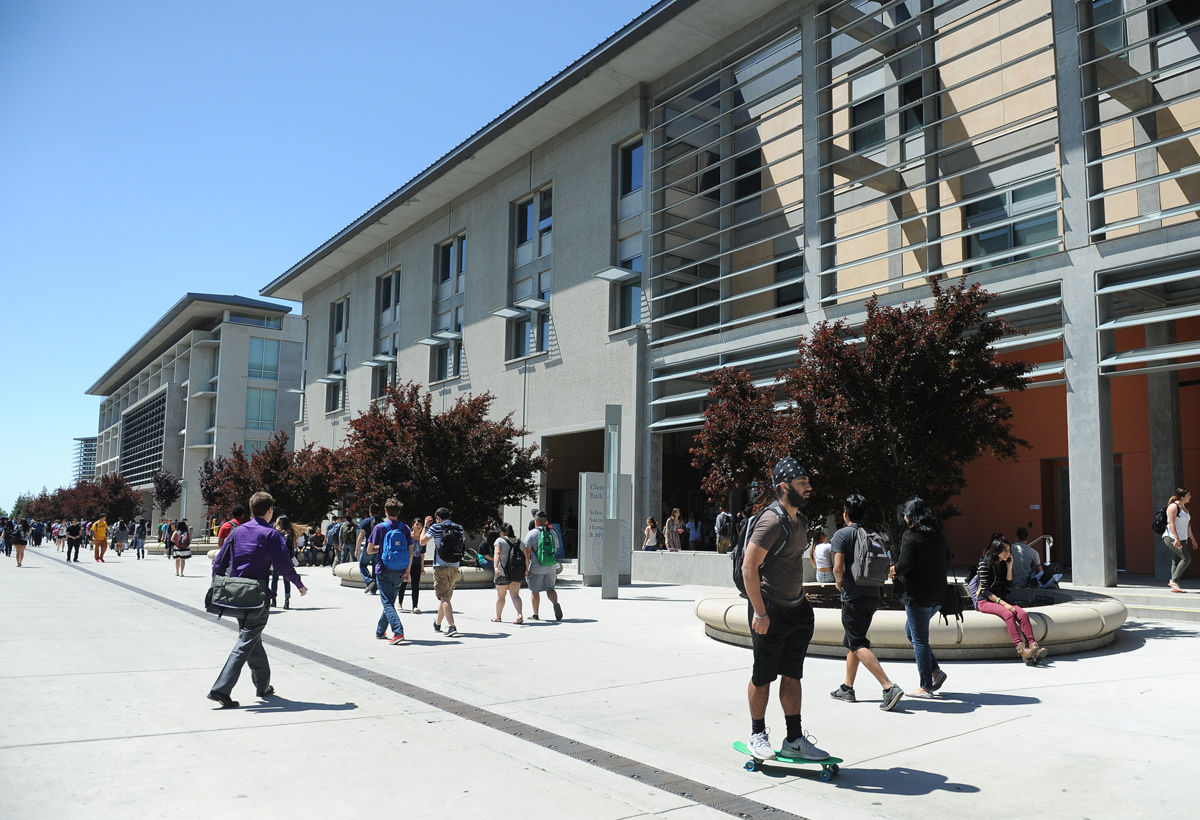
Rural community colleges are uniquely positioned to tackle complex regional challenges and drive community transformation. Here’s how.
Every person deserves a place close to home where they can learn, grow and build a better future. In rural areas, that place is often a community college.
But in today’s environment, community colleges are under threat. Enrollment has been declining for most of the past 15 years as increasing numbers of Americans question the value of higher education. Recent reductions in federal support for college programs and for low-income Americans will almost certainly create additional pressure on community colleges to deliver education more effectively and efficiently.
But improving delivery alone will not be enough to regain trust, enrollment and government investment. Rural community colleges must become rural development hubs, delivering value by bridging economic, social and civic sectors to address regional challenges.
Given their recognition and convening power in their regions, rural colleges are well-positioned to serve this role. As trusted pillars of the community, they can address complex problems in unique ways, from developing talent for employers to increasing civic and economic opportunities for residents.
Related: Interested in innovations in higher education? Subscribe to our free biweekly higher education newsletter.
Here are three lessons from high-performing rural community colleges on how more colleges can become rural development hubs:
1. Think beyond the institution’s short-term enrollment interests and commit to strengthening the regional economy.
When Southwest Wisconsin Technical College learned that students in its agriculture program could meet employer needs and earn strong wages by learning to operate drones and GPS-guided tractors, it overhauled its agriculture curriculum and internship placement program to ensure that every student learned those skills.
The college also strengthened its early child care program by building a transfer pathway to a bachelor’s degree in elementary education, a move that will help fill teacher shortages in regional schools and provide students access to higher-wage jobs. The college also raised wages at its own child care center.
In the short term, these changes cost the college money, but in the long term, they will increase regional well-being and add value for students and employers.
2. Strengthen connections with community partners.
The most effective rural development hub leaders start by building trust. They listen to and learn from employers, educators and community-based organizations. That helps ensure that the solutions they devise truly strengthen the community. This requires demonstrating the flexibility and responsiveness needed to foster thriving partnerships that reflect their region’s unique history, culture and economy.
Georgia Highlands College offers an excellent example. Its community faced a shortage of health care workers, compromising community health and economic progress. So Georgia Highlands partnered with Atrium Health to expand talent development; it received funding from the company for nursing education, including for student scholarships and instructors. Graduates commit to working in local health care centers.
Related: Is the secret to getting rural kids to college leveraging the entire community?
The college also secured funding from a regional foundation to support positions that connect high school students to the college and to programs that lead to living-wage jobs, including those in health care. Today, Georgia Highlands College is working together with K-12 schools, a local health care system and a foundation to help students succeed while addressing critical workforce and public health needs.
3. Build talent and leadership pipelines.
Rural colleges do more than solve specific community challenges; they activate the next generation of civic and community leaders. They play this role by investing in local capacity and youth leadership, building a sense of belonging, fostering confidence and offering connections to educational and career pathways close to home.
That has been a focus of Wallace State Community College in Alabama. Wallace State has aligned its programs to boost a regional economy that serves rural Appalachian communities, graduating well-prepared students ready to fill in-demand jobs in welding, health care, manufacturing and other sectors.
The college president, a first-generation college graduate and longtime resident, has partnered with local K-12 schools to show students how they could benefit from a college education. Elementary school students are invited to a “let’s pretend hospital” event at the college’s nursing facilities. Middle school students get STEM programming. And every ninth grader in the county receives a free workforce skills course that explains the connection between college programs and specific careers. Outreach and targeted messaging continue through high school.
Every region faces challenges that no single institution can resolve. By embodying the three lessons above, rural community colleges across the country can increase enrollments and build trust, ensuring not just the success of their students but also of their entire region.
Bonita Robertson-Hardy is co-executive director of the Aspen Institute Community Strategies Group. Josh Wyner is the founder and executive director of the Aspen Institute College Excellence Program.
Contact the opinion editor at opinion@hechingerreport.org.
This story about rural community colleges was produced by The Hechinger Report, a nonprofit, independent news organization focused on inequality and innovation in education. Sign up for Hechinger’s weekly newsletter.
Source link


